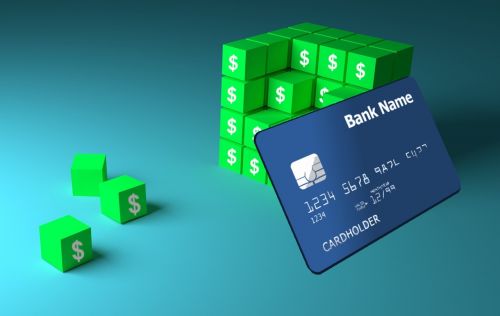
Historically, the financial services vertical has been one of the earliest adopters of sophisticate analytics techniques involving graph computing. Applications of graph Artificial Intelligence are regularly used in this industry for fraud detection, Anti-Money Laundering, and other mission critical use cases.
Today, however, there’s a growing movement within finance to utilize many of these same graph AI techniques for a potentially transformative, revenue-generating application: assessing credit risk.
“The blue ocean area that we’re addressing for this space is credit risk,” acknowledged Greg Steck, Katana Graph Solutions Architect. “Traditionally, graph has not been used to do that.”
That fact is swiftly changing, however, due to advancements in graph neural networks and a newfound predictive power to increase the accuracy of AI models for this application. Organizations utilizing this approach within a comprehensive framework designed to expedite graph computing can potentially revolutionize how credit risk is calculated to reap immense monetary benefits.
Graph Neural Networks
Actuaries have long employed statistical techniques to assess the credit risk for credit card customers, for example, which not only involves deciding whether or not to grant such accounts to customers, but also at what particular amount. Today, machine learning assists organizations in this and other applications of credit risk, such as loan originations. Currently, graph neural networks represent the vanguard of advanced analytics approaches for this use case as a credible means of “improving scoring models,” mentioned John Rueter, Head of Marketing at Katana Graph.
Graph neural networks are widely regarded as more effectual than other deep neural networks are because they apply the relationship detection capabilities of graph computing to AI. They’re particularly useful on high-dimensionality datasets that are difficult to visualize, or fully understand, without graph approaches.
For example, there are numerous considerations for determining credit risk, including current credit scores, previous credit scores, employment, income, and several other socio-economic factors. Graph neural networks can readily contextualize this information in relation to defined products, loan types, or specific credit card offerings, to accurately predict which applicants are right for which opportunity. For these use cases, “you do the graph analytics; you do the import, the visualization, and then you do the GNN,” Steck commented.
The Graph AI Workflow
The process Steck mentioned is instrumental in crafting graph neural networks for this particular application. Solutions that facilitate the different steps in this process—graph analytics and graph AI being the most prominent—can increase the efficiency for devising this type of advanced machine learning model. For this use case, “You need analytics for feature engineering,” specified Gurbinder Gill, Katana Graph Senior Software Engineer.
Once organizations perform various graph analytics techniques to determine the relevant features for a model assessing credit risk for mortgages, for example, they can readily visualize and use them to create the underlying graph neural network in the same graph computing setting. There are even options for using ubiquitous data science frameworks, such as Python, within the same platform to decrease data movement while increasing data science productivity.
The overarching flexibility of such a solution is one of its strengths for these deployments. “You can stop at any of these points,” Steck denoted about this process. “We’ve got a solution that can go to graph analytics, stop there, and put that into traditional machine learning. Or you can go all the way to the GNN.”
GNN Benefits
Credit risk is by no means the final frontier for graph neural networks. However, it provides an example of the tangible business value derived from graph AI and graph computing—which also involves aspects of graph analytics, graph query, and graph mining. Such business value positively impacts financial companies by enlarging their respective bottom lines with the higher accuracy levels of these credit risk models. It also increases the throughput for processing most applications contiguous to credit risk, while reducing the amount of negative effects from extending credit, loans, mortgages, etc., to those whom one shouldn’t.
All these advantages are attributed to the heightened relationship detection of graph computing, when manifested through deep neural networks for issuing predictions at enterprise scale. Subsequently, this approach may very well revamp how financial institutions conceive of and implement measures for credit risk—similar to what it’s done for fraud detection. “Fraud detection is probably the cleanest story and the most well known use case, and the one that has general industry consensus that [graph] is a good approach,” Steck reflected.
With the potential graph neural networks have for improving credit risk use cases, that may not be the case for long.
Featured Image: NeedPix